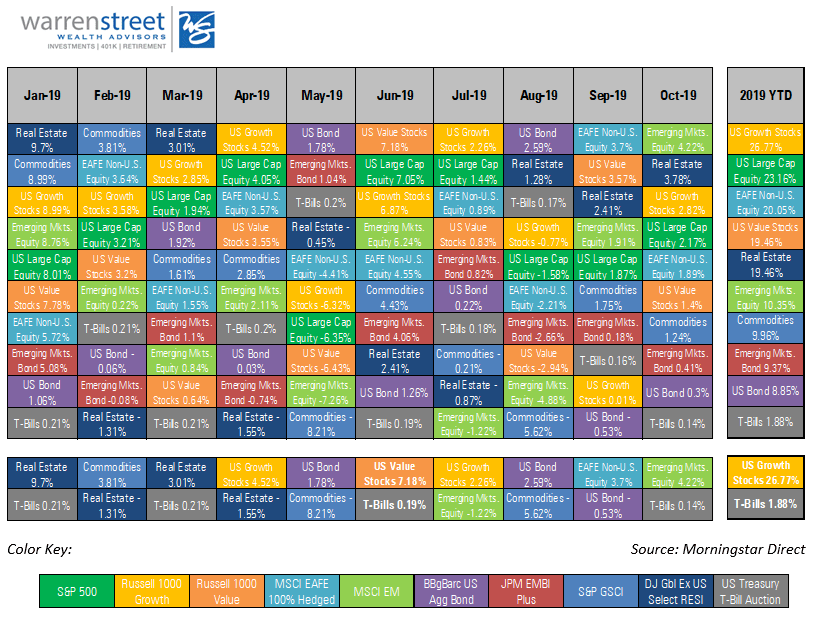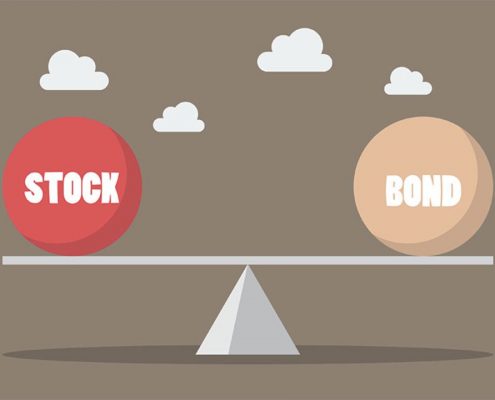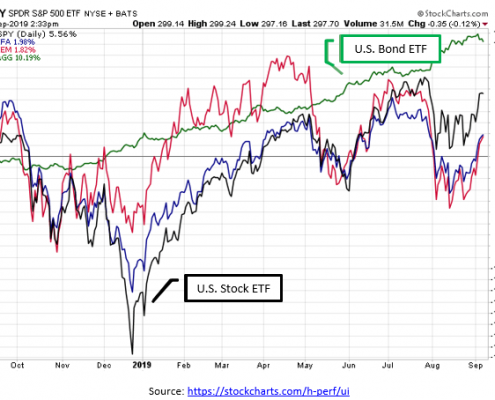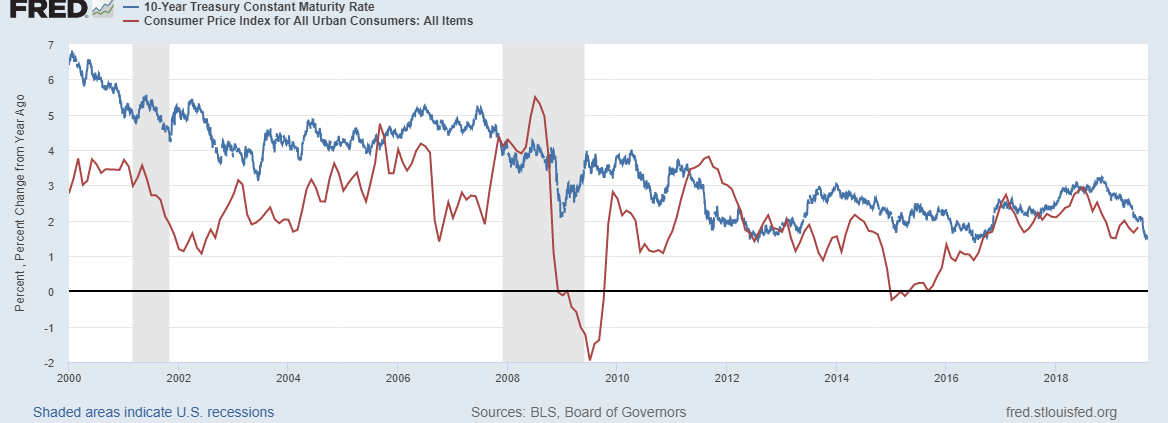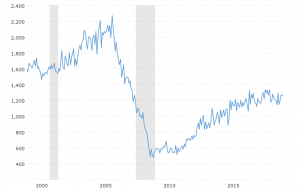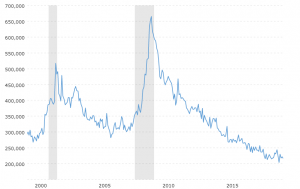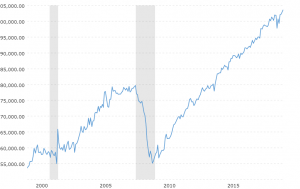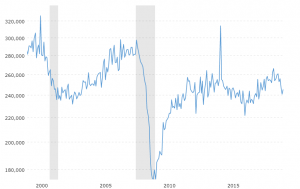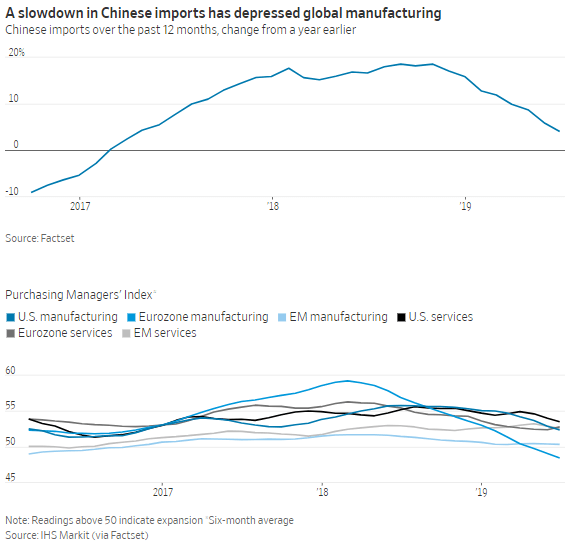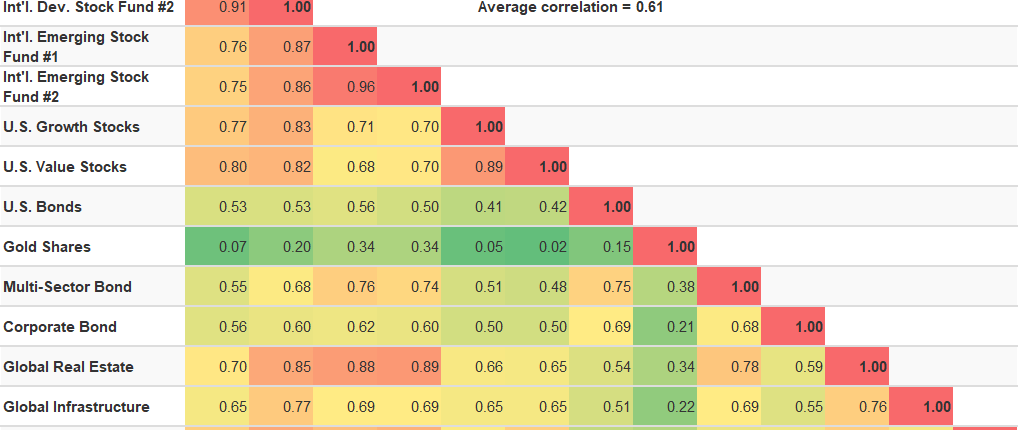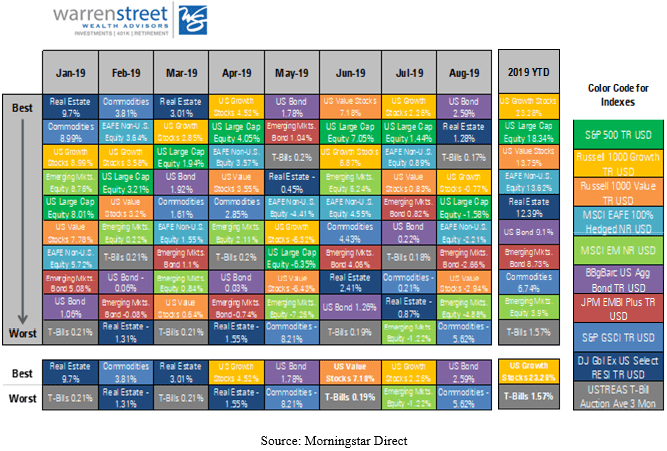Fighter Planes and Market Turmoil
Have you been reading the daily headlines—watching markets stall, recover, and dip once again? If so, you may be wondering whether there’s anything you can do to avoid the motion sickness.
If you already have a well-structured, globally diversified portfolio tailored for your goals and risk tolerances, our answer remains the same as ever: Your best course is to stay the course. Remember, our investment advice is aimed at helping you successfully complete your long-term financial journey. As “The Psychology of Money” author Morgan Housel has observed:
“Bubbles do their damage when long-term investors playing one game start taking their cues from those short-term traders playing another.”
The Case of the Missing Bullet Holes
Have we ever told you the tale of the World War II fighter jets and their “missing” bullet holes? Today’s bumpy market ride seems like a good time to revisit this interesting anecdote about survivorship bias.
The story stems from studies conducted during World War II on how to best fortify U.S. bomber planes against enemy fire. Initially, analysts focused on where the returning bombers’ hulls had sustained the most damage, assuming these were the areas requiring extra protection. Fortunately, before the planes were overhauled accordingly, statistician Abraham Wald improved on the evidence. He suggested, because the meticulously examined planes were the survivors, the extra fortification should be applied where they had fewer, not more bullet holes.
How so? Wald explained, the surviving planes’ bullet-free zones were not somehow impervious to attack. Rather, when those zones were getting hit, those planes weren’t making it back at all. Survivorship bias had blinded earlier analyses to the defenses that mattered the most.
Surviving Market Turbulence
You can think about the markets in similar fashion. For example, consider these recent predictions from a well-known market forecaster (emphasis ours):
“Jeremy Grantham, the famed investor who for decades has been calling market bubbles, said the historic collapse in stocks he predicted a year ago is underway and even intervention by the Federal Reserve can’t prevent an eventual plunge of almost 50%.”
— ThinkAdvisor, January 20, 2022
At a glance, that sounds pretty grim. But read between the lines for a hidden insight: He was also predicting the same collapse a year ago??? Yes, he was:
“Renowned investor Jeremy Grantham, who correctly predicted the Japanese asset price bubble in 1989, the dot-com bubble in 2000 and the housing crisis in 2008, is ‘doubling down’ on his latest market bubble call.”
— ThinkAdvisor, January 5, 2021
What if you had heeded Grantham’s forecasts a year ago, and left the market in January 2021? Time has informed us, you would have missed out on some of the strongest annual returns the U.S. stock market has delivered in some time.
Now What?
If market volatility continues or worsens, brace yourself. You’re going to be bombarded with similar predictions. Few will be bold enough to foretell the exact timing, but the implications will be: (1) it’s going to happen soon, and (2) you should try to get out before it’s too late.
Some of these forecasts may even end up being correct. Bear markets happen, so anyone who regularly forecasts their imminent arrival will occasionally get it right. Like a stopped clock. Or those continually looping infomercials on how “now” is the best time to load up on silver or gold. (Incidentally, many of these same precious metal purveyors are among those routinely predicting the end is near for efficient markets.)
Bouts of market volatility are like the bullet holes we can see. They’re not pretty or fun. But interim volatility isn’t usually your biggest threat … attempting to avoid it is. The preparations we’ve already made may be less obvious, but they’re there—including tilting a portion of your portfolio into riskier sources of expected return for long-term growth, fortifying these positions with stabilizing fixed income, and shoring up the entire structure with global diversification.
This brings us to the real question: What should you do about today’s news? Unless your personal financial goals have changed, your best course is probably the one you’re already on. That said, we remain available, as always, to speak with you directly. Don’t hesitate to be in touch with any questions or comments you may have.

Phillip Law, Portfolio Analyst
Wealth Advisor, Warren Street Wealth Advisors
Investment Advisor Representative, Warren Street Wealth Advisors, LLC., a Registered Investment Advisor
The information presented here represents opinions and is not meant as personal or actionable advice to any individual, corporation, or other entity. Any investments discussed carry unique risks and should be carefully considered and reviewed by you and your financial professional. Nothing in this document is a solicitation to buy or sell any securities, or an attempt to furnish personal investment advice. Warren Street Wealth Advisors may own securities referenced in this document. Due to the static nature of content, securities held may change over time and current trades may be contrary to outdated publications. Form ADV available upon request 714-876-6200.
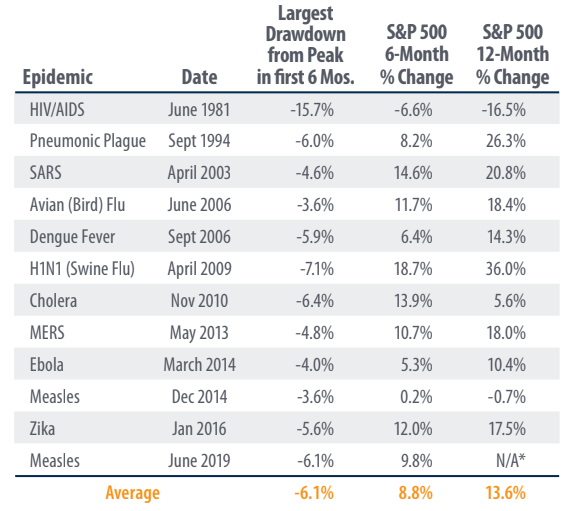
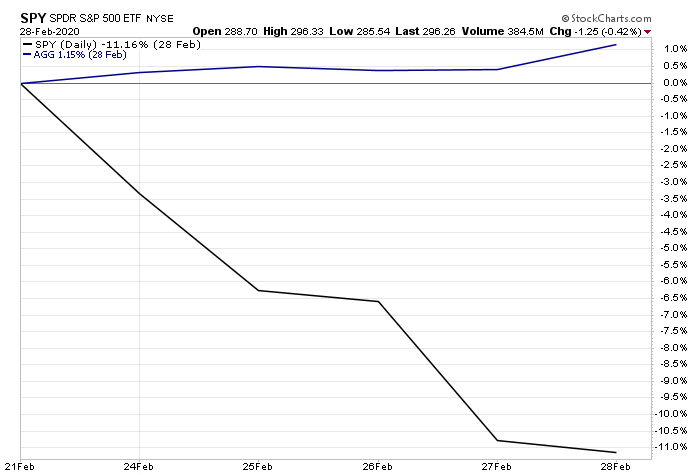


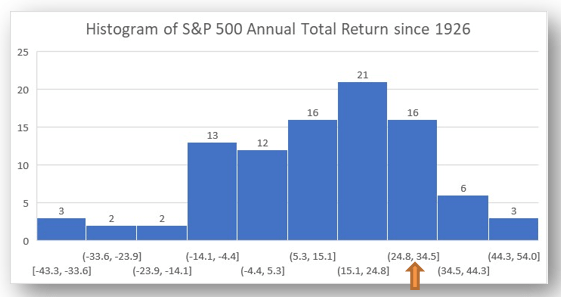
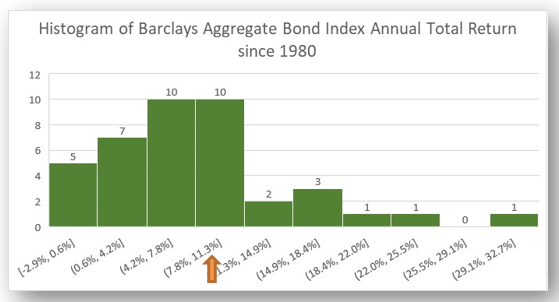

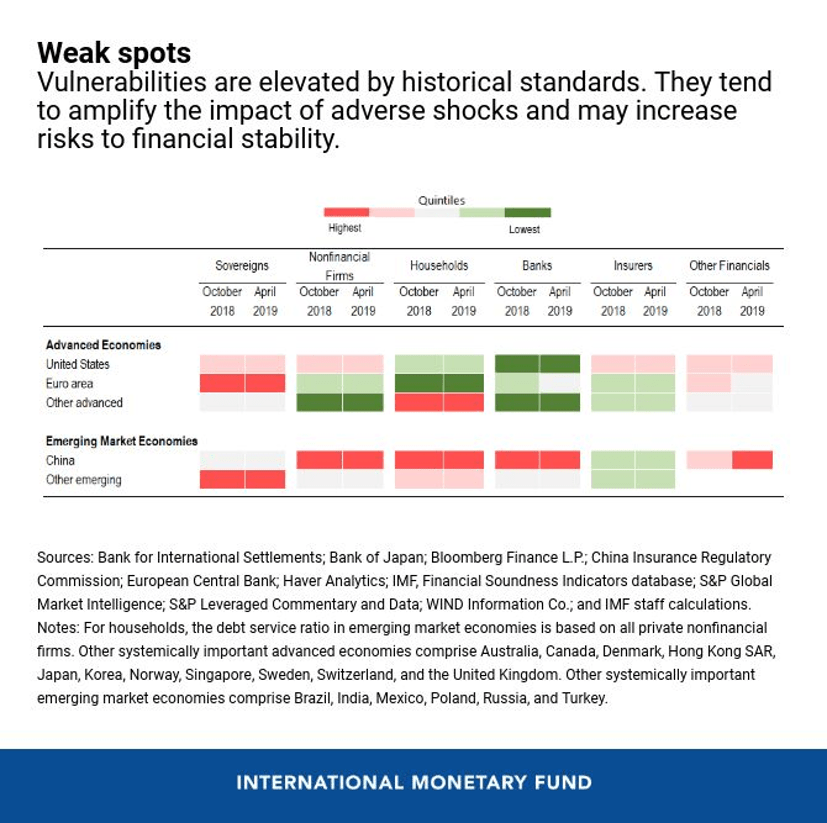

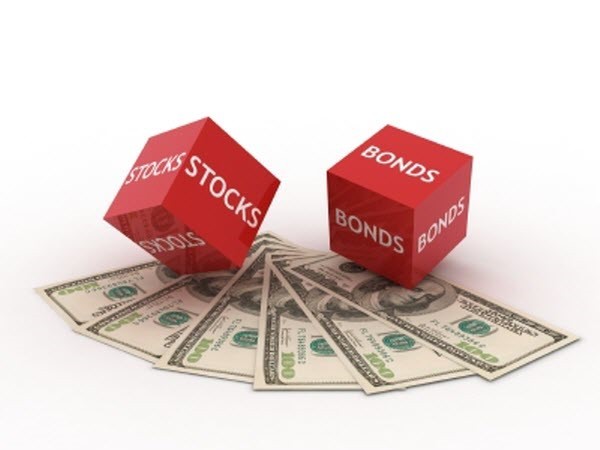
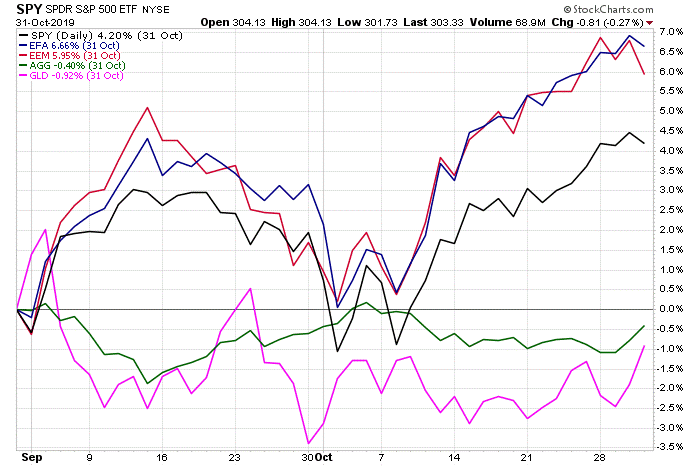
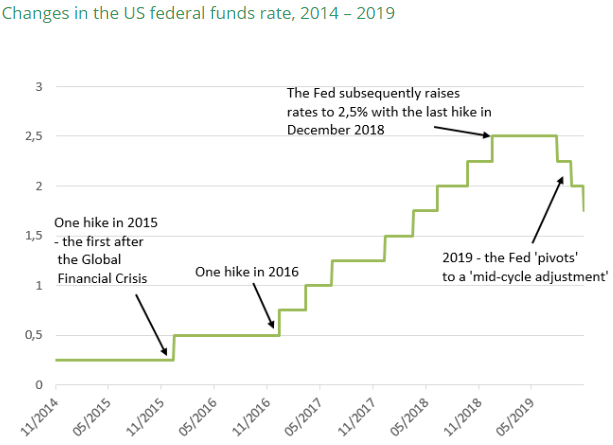
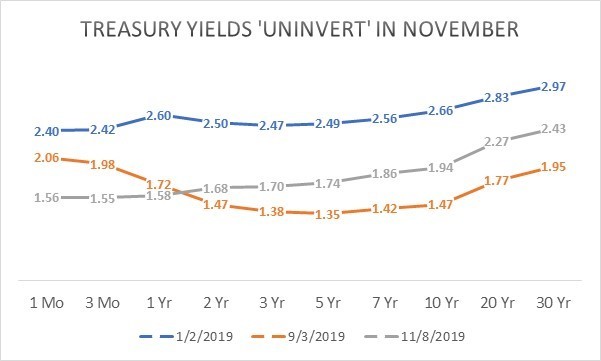
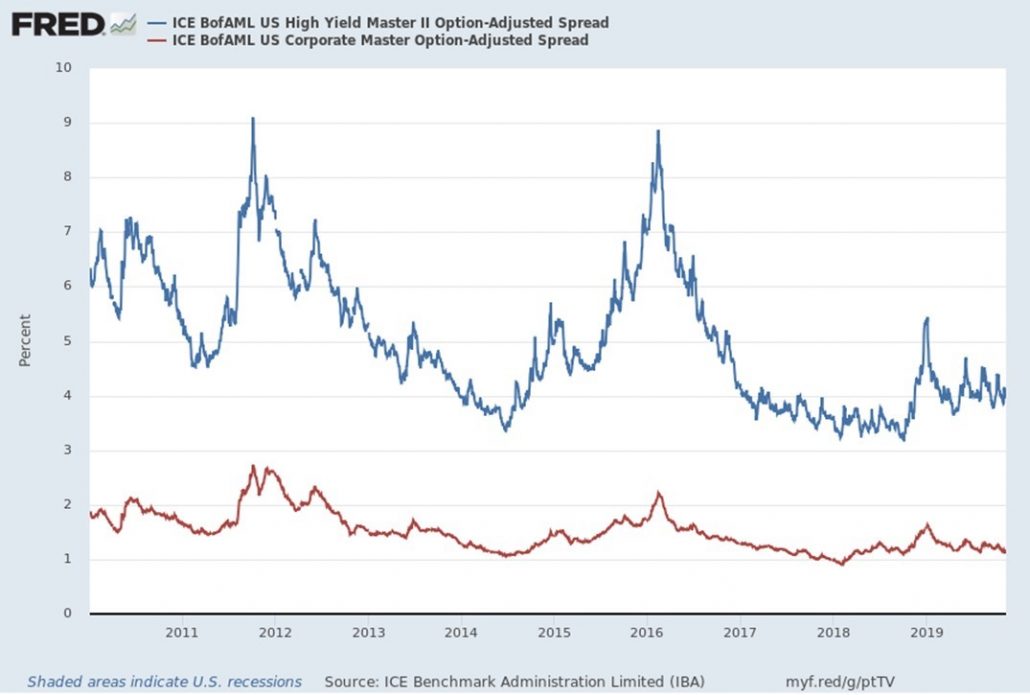
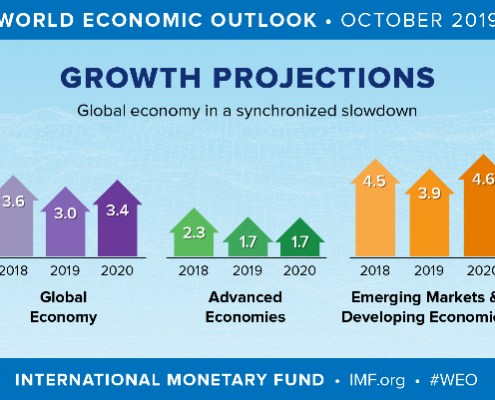
 Marcia Clark, CFA, MBA
Marcia Clark, CFA, MBA